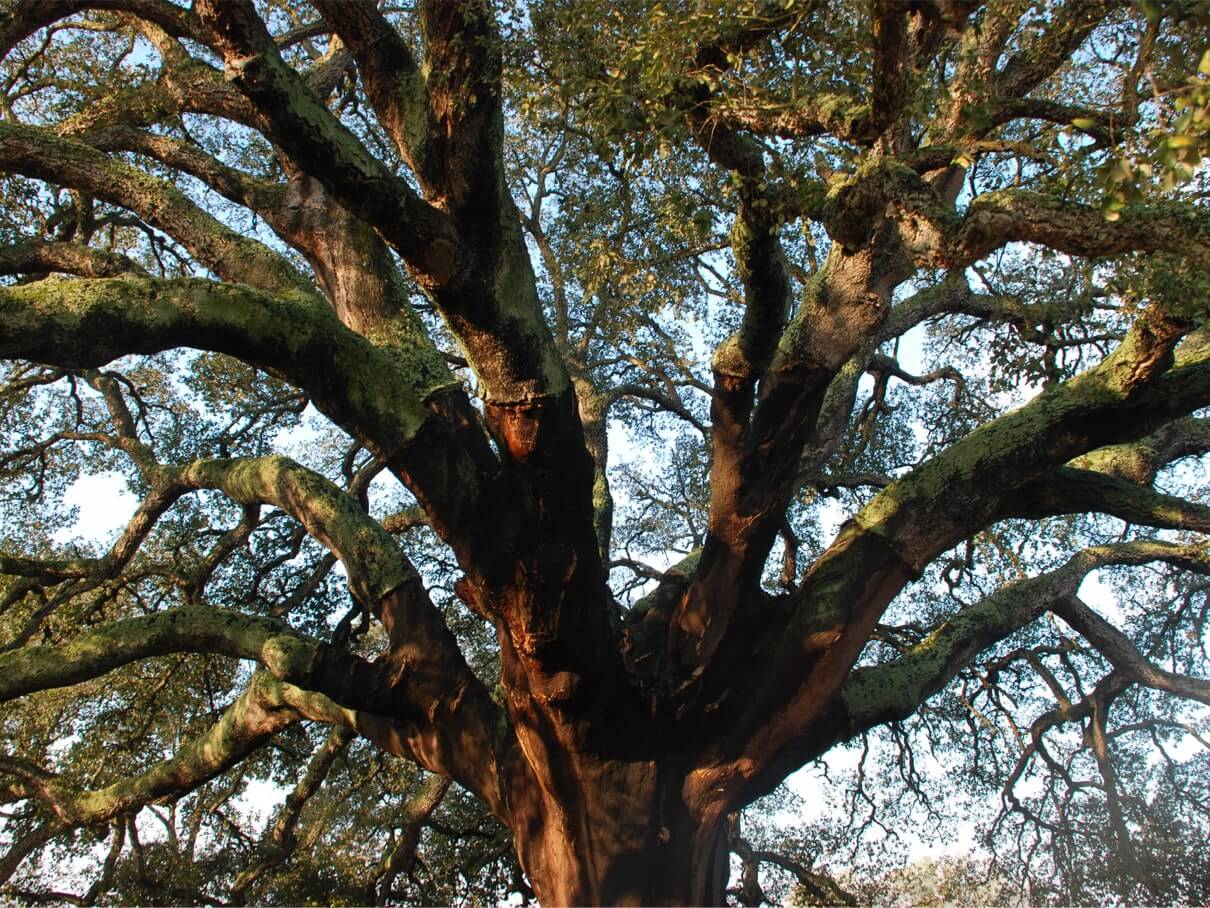
National coordinator (during Phase VI)
Maria Isabel Carrasquinho2780-157 Oeiras, Portugal

The European Information System on Forest Genetic Resources (EUFGIS) provides geo-referenced and harmonized data on genetic conservation units of forest trees in Europe.
Activities on genetic conservation of forest trees in Portugal started in 1991 after Portugal had signed Resolution 2 of the Strasbourg Ministerial Conference held in 1990.
Portugal has not yet established a national programme for the conservation of forest genetic resources but various efforts in this regard have been carried out.
Centro Nacional de Sementes Florestais (CENASEF) under Autoridade Florestal Nacional (Forest Service) responsible for the control of forest reproductive material
National strategy for adaptation to climate change:
Comissão Para As Alterações Climáticas - Adaptação às Alterações Climáticas em Portugal - Proposta de Estratégia Nacional
National Strategy and Action Plan for the Conservation and Sustainable Use of Biodiversity (in English)

Quercus suber Network: Report of the first and second meeting

Quercus suber Network: Report of the third and fourth meetings
Mediterranean Oaks Network: Summary of third meeting

Populus nigra Network: Report of the fifth meeting

Populus nigra Network: Report of the seventh and eighth meeting
Mediterranean Oaks Network: Report of the first meeting